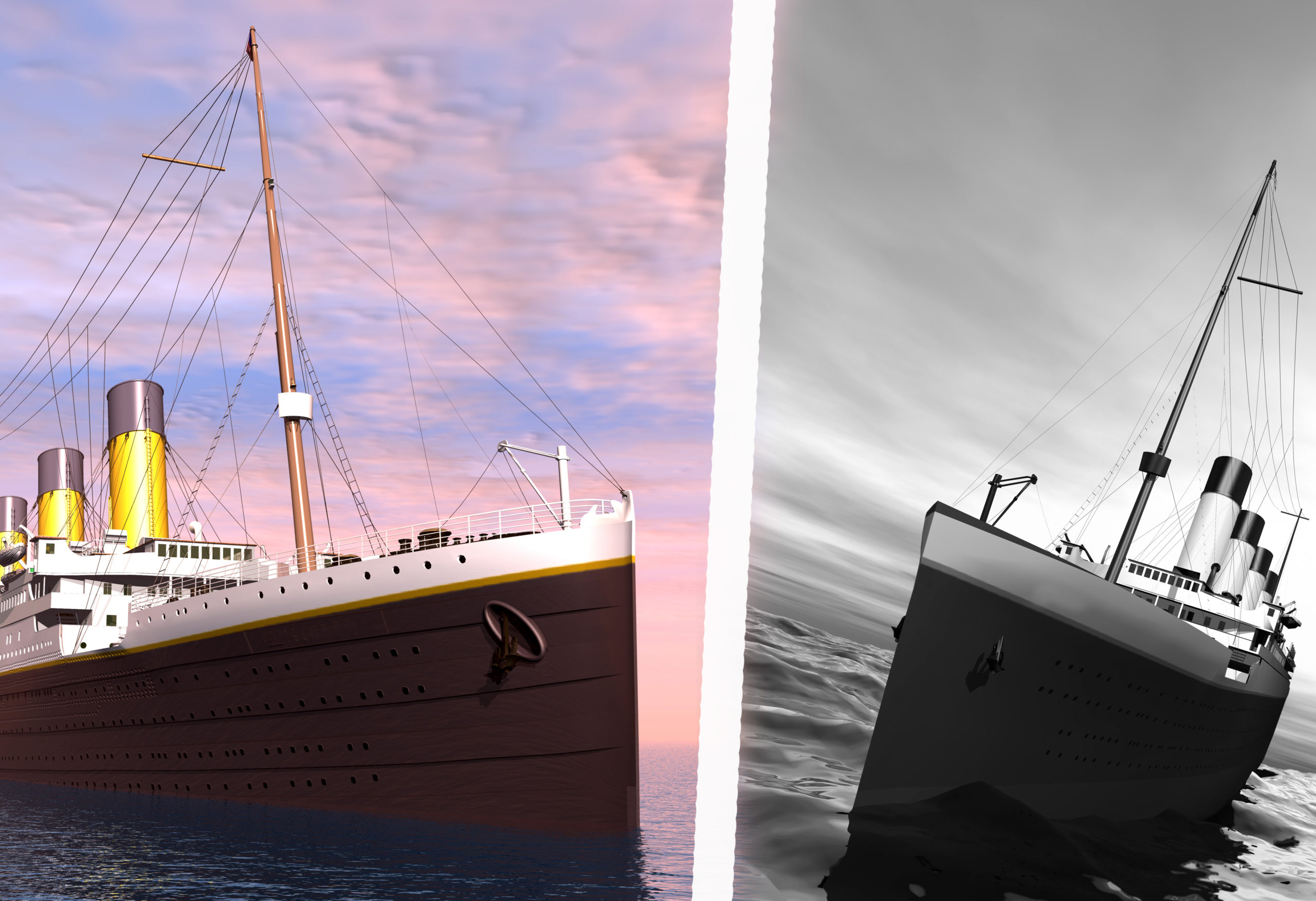
After colliding with an iceberg, the “unsinkable Titanic” met its fate on April 14, 1912. It took over 1,500 lives with it to the ocean floor. After almost 110 years, it rests primarily undisturbed in its watery grave 12,600 feet beneath the North Atlantic Ocean.
Titanic II, a planned functional replica of the Titanic, has plans to follow the Titanic’s route, but hopefully not its fate. The project owes its existence to Clive Palmer, an Australian politician, and multi-billionaire.
He announced his plans to build the replica in 2012 after finding inspiration in the “romance and spirit of adventure” of the movie “Titanic.” He sought to recreate the wonder of a “[shared journey] bringing people of all nations together” and promote “. . .chivalry and English school attitude.”
Palmer claims that the new ship’s guests’ experience will be as similar to the original Titanic as possible – minus the sinking. The new boat will look nearly identical to the original, including first, second, and third-class cabins and opportunities for guests to wear period costumes.
The ship’s design takes some liberties on the Titanic’s original design, adding modern additions like a casino and theater.
“[Titanic II] will be every bit as luxurious as the original Titanic, but of course, it will have state-of-the-art 21st-century technology and the latest navigation and safety systems,” Palmer said in a statement.
While the Titanic II seeks to imitate the Titanic’s “luxuries” – as Palmer put it – the ship was less than luxurious for the hundreds of immigrants aboard. They invested the little money they had into tickets, crammed their belongings into tiny cabins toward the bottom of the boat, and hoped desperately for acceptance in America.
Only a few of them would make it there.
Despite the politician’s confidence about his controversial pet project, many people question whether the boat will reach completion, much less make the journey from Southampton to New York. This background of tragedy has not helped sway public opinion.
Palmer’s company, Blue Star Line, initially announced that the ship would embark on its maiden voyage in 2016. The company worked with a designer, created models of the boat, and conducted safety tests. Everything was in place for construction to begin that year in China.
However, it did not. Financial disputes surrounding Palmer’s mining endeavors set back construction again, and the completion date shifted to 2018.
Construction on the ship, which could cost over $1 billion, still had not begun. Again, the 2018 launch date passed with little word from Blue Star Line.
Despite years of setbacks, many media outlets reported that Titanic II would finally sail in 2022. In a 2020 interview, Palmer stated that Blue Star Line had yet to select a launch date.
Still, he insisted that Blue Star Line continues to work on the project. “The response has been incredible,” he said, with the company receiving over 30,000 expressions of interest. One hopeful guest, he added, offered over $1 million for a first-class cabin.
Helen Benziger, the great-granddaughter of Margaret “The Unsinkable Molly” Brown, offered one of those expressions of interest. Brown, who survived the sinking before passing away in 1932, is famous for turning her lifeboat around to help survivors.
“I will be on the maiden voyage of Titanic II,” Benziger said in an interview with Irish Examiner. “I am hoping for the same cabin as my great-grandmother. It would be amazing to finish the voyage for her.”
While some are eager to board Palmer’s ship, others are wary of boarding a replica of a boat infamous for sinking. “Of course, it will sink if you put a hole in it,” Palmer said in response to the press’s concerns about the ship sinking.
To prevent a repeat of the original disaster, the Titanic II will sport design changes addressing issues that led to the Titanic’s sinking. Unforeseen visibility issues caused the Titanic’s watchmen to spot the iceberg too late, preventing the ship from turning on time. When the iceberg ripped the ship’s steel hull, a process called brittle fracture caused the boat to fill with water 24 times faster than builders anticipated.
The blueprints for Titanic II showcase a new safety deck, adequate lifeboats for its 2,400 passengers, a welded hull instead of a riveted one, and a higher bridge relative to the bow for better visibility. Even with updates to the boat’s safety, others cite concerns about the replica’s appropriateness.
“[It is] a matter of sensitivity, respect, and thoughtfulness,” Charles Haas, president of the Titanic International Society, said. “We commemorate tragedies and those lost in them, not duplicate them.”
Palmer rarely references death or loss when discussing the tragedy. “It is the ship of love,” he said of the Titanic, whose sinking ended the lives of almost two-thirds of its 2,200 passengers.
Many of the dead were immigrants stuck in lower third-class cabins. Fear likely overwhelmed them more than love, romance and peace – all words Palmer used to describe his idea of passengers’ journeys.
“Millions have dreamt of sailing on her, seeing her in port and experiencing her unique majesty,” Palmer said in a 2018 press release. “Titanic II will be the ship where those dreams come true.”
Many of Titanic’s passengers were dreamers, too – some dreaming of a brave new life in a new country, others dreaming of reconnecting with family or landing the perfect business deal. Their dreams went down with the ship into the freezing ocean.
While Titanic II will mirror Titanic in nearly every aspect of its design, countless people hope it will not reflect its fate.
